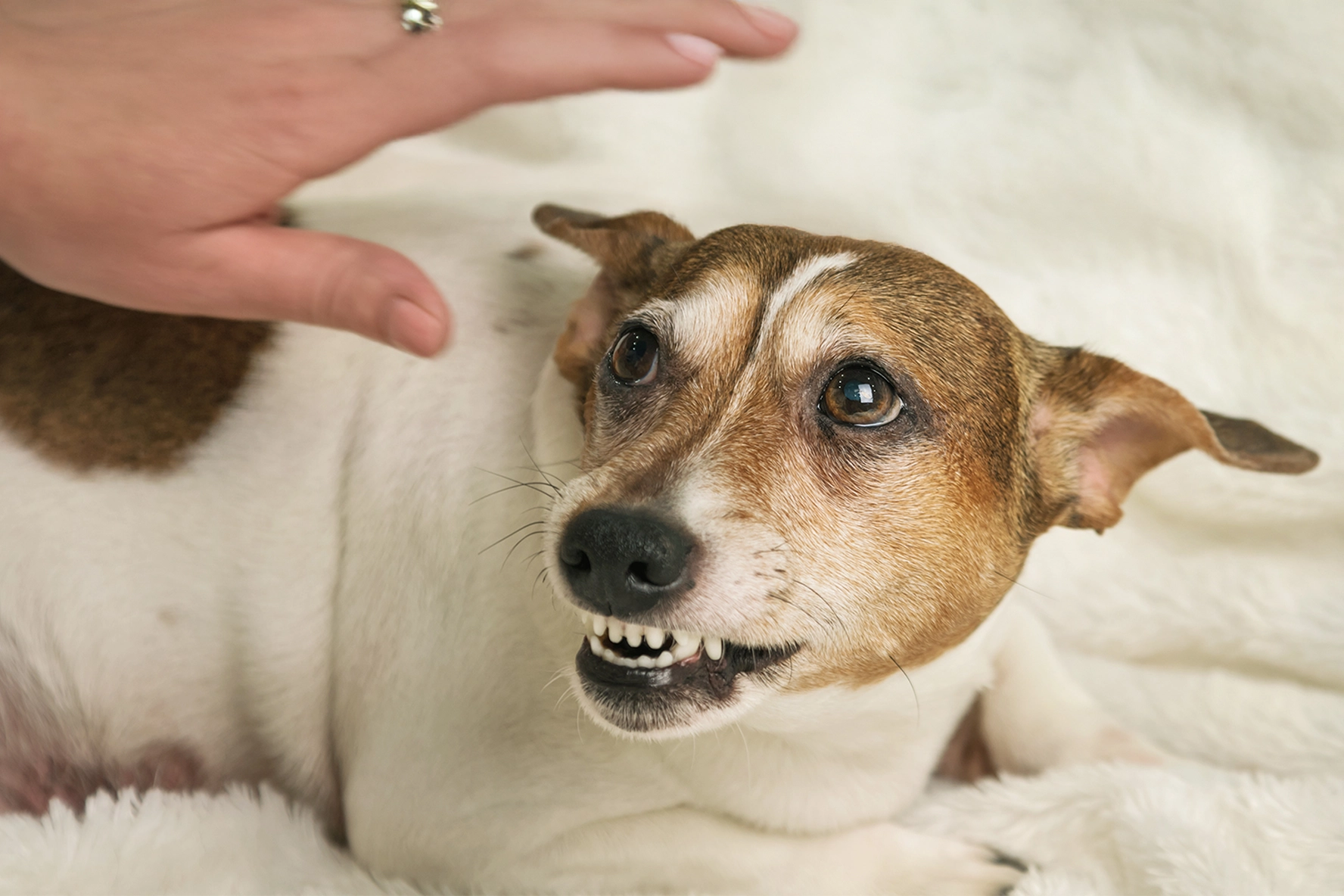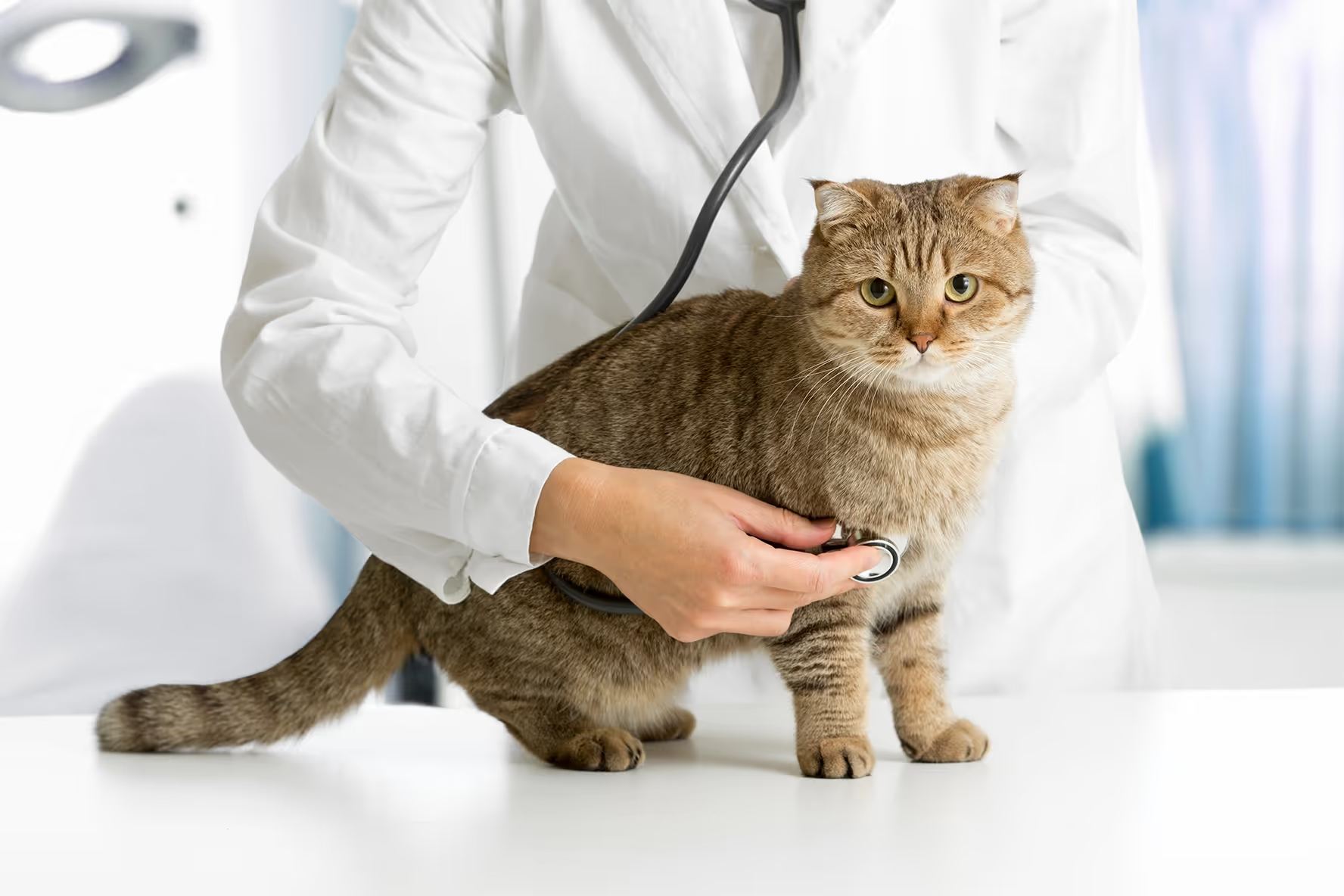
When your primary vet lets you know that your pet needs surgery, it can feel completely overwhelming. What you had been hoping would be a simple, easily fixed issue, is now something that requires a specialist and you’re going to have to put your pet through more vet visits and new doctors than you had expected.
The stress you get from your pet needing surgery is most likely due to the fact that you do not know the process. There’s no way to be sure how your pet will handle the surgery, and might not feel confident that you’re prepared for what’s to come.
To lessen the burden of the unexpected, we’ve broken down each part of your pet’s potential path to their surgery.
Before The Surgery
The process of surgery for your pet begins with a surgeon finding out exactly what they are working with.
Your primary vet who referred you to the surgeon will have sent over any information on the situation that they might need to know, but the surgeon will need to conduct additional tests to fully understand the scope of the surgery.
The surgeon’s office will perform a thorough physical exam that will help them evaluate your pet’s health right then and there. The physical exam will help point to any areas that may need more attention during the next exam, the pre-anesthetic exam.1
The pre-anesthetic exam is a set of diagnostic tests that will help the doctor to decide the number, type, and amount of anesthetic drugs that will be used to keep your pet safe, comfortable, and relaxed during the surgery. One of the standard tests that are performed for this exam is the complete blood count (CBC), this is a blood sample test that checks for the number of red and white blood cells, and platelets in your pet’s blood, and if any issues with anemia, infection or clotting are present in their blood. Another test that is regularly performed is a blood chemistry panel, which is a detailed look into your pet’s organ health. Organ health is incredibly important for determining the best anesthetic protocol for each individual patient.1
If your pet has certain conditions, more tests will be performed for those particular requirements. For example, if your pet is getting a tumor removed, an x-ray may be a diagnostic test that is added to their pre-anesthetic exam to check for any cancer spread to the lungs. The diagnostic tests that are performed are entirely based on the needs of the pet at that moment and are all important for making the most educated, and safest, choices for the anesthetic of the surgery.
If your pet is having their surgery the same day as their diagnostic tests, there are some things you should do to make the day go by as smoothly and safely as it can before coming into the vet’s office.
Sometimes your doctor may request that you do not feed your pet prior to surgery. Your pet shouldn’t receive food after 10 pm the night before surgery, or any food the day of their operation. The rules are different for water intake, so often your pet can have water a little closer to the surgery appointment, but it is best to check with your doctor or surgeon. While pets are under anesthetic, they lose the ability to swallow safely, so if their stomach constricts involuntarily during their surgery and forces vomit into their mouth, they won’t be able to swallow to get it out of the way of their windpipe.2 If they don’t have a tube in their airway there will be a chance that they could choke on the vomit. Be sure to let your vet know about anything your pet has eaten the day of their surgery, even if it was without your permission.
If you have a pet with diabetes there will be specific instructions for you to follow, before the surgery on how to make sure your pet is getting the special care they need.3
It’s also beneficial to make sure that your dog has been given a bath recently before being brought in for surgery. While the surgical team will certainly sanitize and safely prep your pet once they’ve been put under for their procedure, a muddy pet will take much longer to clean, and a prolonged time spent under anesthesia is not ideal.
While your pet is getting surgery
When your pet is in the operating room, it’s time for you to put your trust in the surgical team working on them. It can be hard to put your anxiety to the side if you’re not sure what is going on.
If you have that fear of not knowing what to expect, don’t hesitate to ask the vet what they think will happen during your pet’s actual treatment while they’re working through the tests done before surgery.
Your vet will have decided on the safest anesthetic for your pet, and will closely watch their comfort and health status using various equipment and devices throughout the procedure. They will monitor your pet’s respiratory rate, their airway, heart rate and rhythm, blood pressure, oxygen intake, carbon dioxide build-up, and temperature. Keeping an eye on these vital signs helps your surgical team make sure that the anesthesia is effective, without being too strong, and you can remain confident that your pet is not feeling any pain.1
You should also expect that your pet will receive an IV of fluids that will support their blood pressure and, should it be necessary, the IV allows for quick, efficient delivery of life-saving medicines.1 Often this requires shaving of one part of one of the legs, so don’t be alarmed if you see that one of your pet’s legs has been shaved in addition to the surgical site.
Depending on the scope of your pet's surgery and the time that the surgery takes, some pets may be able to go home a few hours after their surgery is completed. Others, however, may be required to stay at the animal hospital overnight to make sure that the anesthesia is out of their system, and to be monitored for any unexpected complications.3
Be sure to ask your surgeon any questions that you may have about the timeline of your pet’s surgery because it is very personalized to the individual patient’s needs.
After your pet’s surgery
When it’s time for your pet to go home, you will have a check out appointment with either your surgeon or one of their assistants, where they will update you on your pet’s status and how the surgery went. This is also when you will be given your pet’s post-operative instructions. Go through the documents to make sure you understand the care your pet needs including limitations on mobility and nutrition.
Surgery is often the start of a treatment journey. Healing properly from the surgery is vital for keeping your pet on the right track. It is incredibly important to understand and follow all instructions that you receive at the vet’s office after your pet’s procedure. If you do not get a copy of post-op instructions, ask for a printed copy of the instructions and read everything to make sure you understand before you leave the office with your pet.4 Look at your pet and make sure you are happy with the bandage or dressing and ask any questions that you may have before you leave the office.
Post-operation instructions usually include a schedule for any medications your pet needs, either pain or antibiotics, and what symptoms to look out for if there is a bad reaction to them.3 They’ll also include any feeding instructions to make sure your pet is getting enough of the right kind of food. They’ll let you know how much physical activity your pet can safely participate in, and how long your pet needs to wear an e-collar or cone after their surgery—if at all.
After the surgery, your pet’s health is in your hands again, but that doesn’t mean you’re taking care of them alone. Your primary vet will be with you through regular check-ins and your surgeon will be available to you should you have any complications or questions during your pet’s postoperative treatment.5
Remember that your primary vet and specialty doctor are there to help your pet get back to their best health, and if you have questions about what you’re doing, or how your pet is healing, asking the doctors will never be an issue, and they will always be there to support you and your pet.
ImpriMed is a precision medicine company dedicated to finding the best possible treatment for canine lymphoma cases based on the individual patient. Find out how ImpriMed can help you.
References:
- https://www.lapoflove.com/blog/senior-pet-health-and-safety/what-to-expect-when-senior-pet-needs-surgery
- https://www.petful.com/pet-health/surgery/
- https://www.vetspecialty.com/wp-content/uploads/2024/09/Surgery-What-to-Expect.pdf
- https://www.thedrakecenter.com/services/dogs/canine-surgery
- https://www.advancedanimalcare.com/services/dogs/canine-surgery


